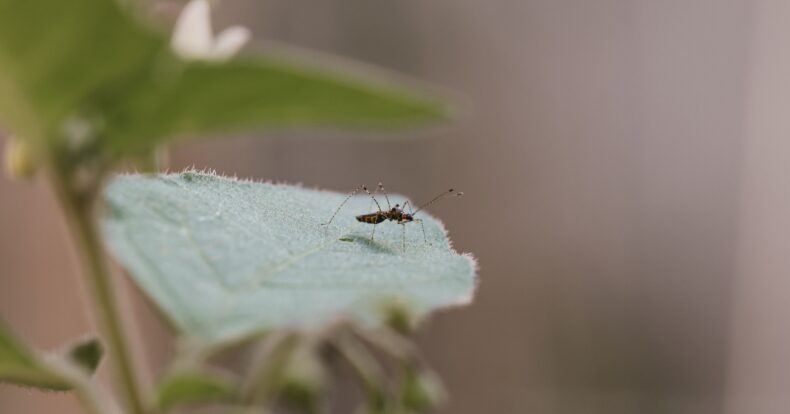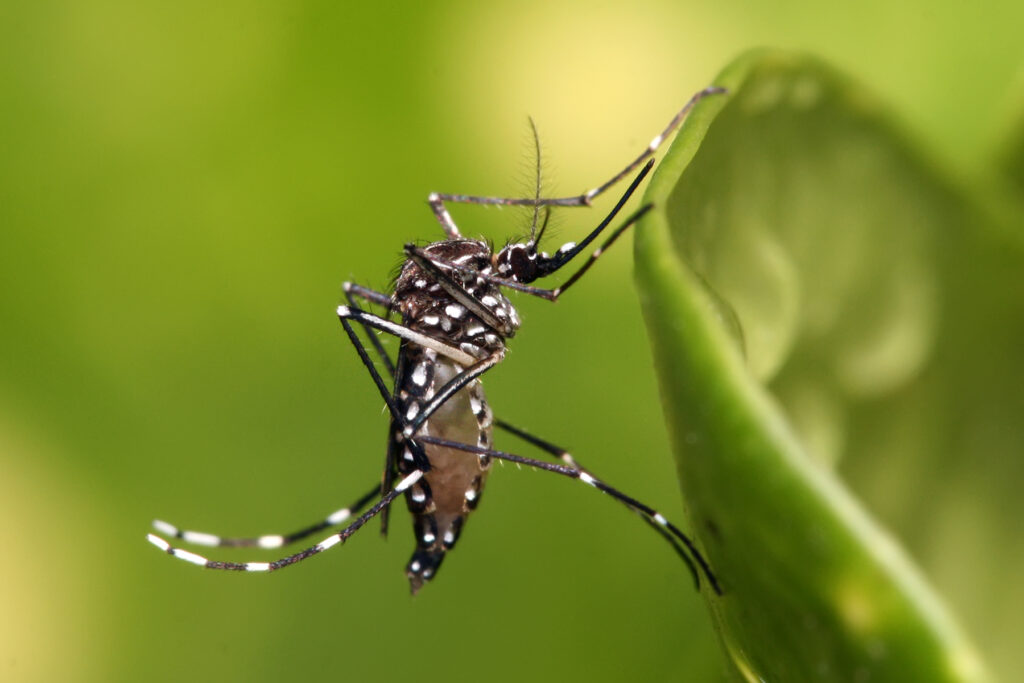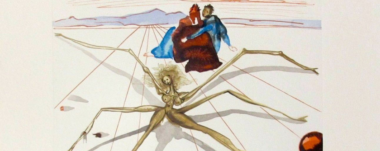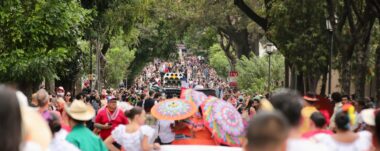More Dengue Fever Serotypes In Costa Rica

During the month of December, an increase in dengue fever serotypes three and four has been reported in Costa Rica.
According to a report of serotypes identified by the National Virology Reference Center, 2,305 cases of dengue were confirmed since November 28 of this year. It was identified that there is a predominance of circulation of serotypes DENV3 and DENV4 over the serotypes of typical circulation in our country: DENV1 and DENV2.
The two new dengue fever serotypes were reported for the first time since last year.
According to the Epidemiological Surveillance Directorate, it was reported that during the week of November 20-26, Costa Rica registered 24,941 cases of dengue fever.
In Costa Rica, the regions with the highest number of dengue fever cases reported are:
- Huetar Caribe region (6055 cases)
- North Central region (5592 cases)
- Chorotega region (3819 cases)
Also, the cantons with the highest number of dengue fever cases registered in 2023 are:
- Puntarenas (2300 cases)
- Alajuela (2134 cases)
- Sarapiqui (1617 cases)
- Siquirres (1591 cases)
- Pococí (1535 cases)
- San Carlos (1376 cases)
What is dengue fever?
The dengue fever can be considered a viral disease, typical of tropical areas and transmitted by female mosquitoes of the Aedes aegypti species or, to a lesser extent, by the Ae. albopictus species.

An estimated 40,000 people die every year worldwide as a result of dengue fever.
Approximately 4 billion people (almost half of the world’s population) live in areas where dengue is present: America, Africa, the Middle East, Asia and the Pacific Islands.
According to the World Health Organization (WHO), the cause of dengue is a virus of the Flaviridae family with four serotypes: DENV-1, DENV-2, DENV-3, DENV-4.
All four dengue serotypes exist in the American continent and sometimes circulate at the same time, which explains why a person is infected several times.
In addition, it is commonly referred to as two types of dengue: mild (or classic) and severe (or hemorrhagic).
Dengue causes fever, headache, nausea and vomiting. It can also cause rashes, swollen glands, body aches and pains, usually behind the eyes, in the muscles and joints.
In mild cases of dengue fever, symptoms usually last 2 to 7 days. Most people recover.
As for severe dengue fever, it should be detected in time to prevent it from becoming complicated. For this, the following symptoms should be watched for: pain or tenderness in the stomach, constant vomiting, bleeding from the nose and gums, presence of blood in vomit and stool, and a feeling of increased fatigue.
What can be done to prevent this?
Dengue is an endemic disease, which means that it is constantly present in the region. This complicates the possibilities of eradicating it.
For health authorities and scientists, the best thing to do is to avoid the reproduction of the mosquito that transmits it:
- storing water in closed containers
- avoiding wells, water puddles and unsanitary conditions
- promoting fumigation campaigns
In addition, it is recommended that people wear light-colored clothing that covers arms and legs, insect repellent and sleep with mosquito nets or fans, especially during the rainy season.
These measures not only reduce the chances of the spread of dengue, but also of other diseases such as Zika, chikungunya and yellow fever.
Sensorial Sunsets
Navigate articles






